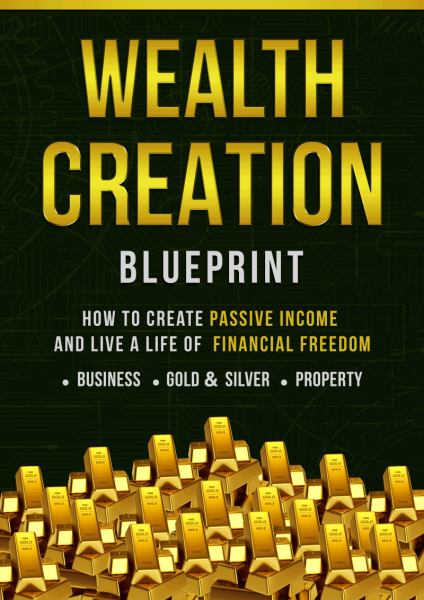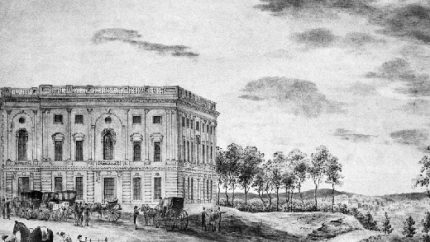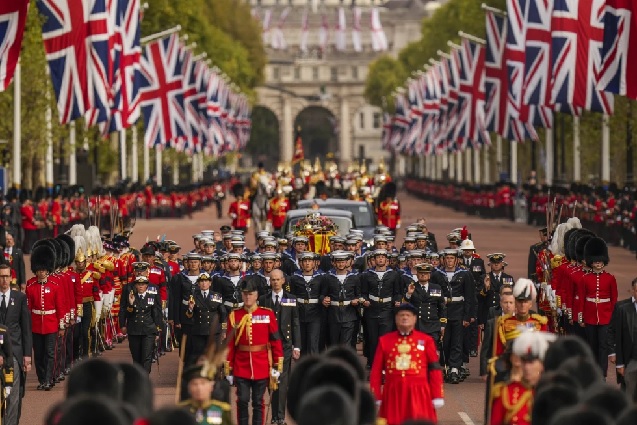
September 19, 2022: A Momentous Farewell to Queen Elizabeth II
On this day, the world witnessed an unparalleled event as Great Britain held a state funeral for Queen Elizabeth II, marking the end of her 70-year reign. The somber ceremony attracted an extraordinary gathering of global leaders, including presidents, kings, and prime ministers, alongside millions of citizens who lined the streets of London. This moment signified not just the end of a monarch’s life but the closing of a significant chapter in world history, reminding us of the enduring legacy of the British monarchy.
Also on this date:
1796: President George Washington’s Farewell Address
On September 19, 1796, the father of the United States, President George Washington, published his farewell address. In this timeless document, Washington imparted profound guidance for the young nation, urging Americans to “Observe good faith and justice toward all nations. Cultivate peace and harmony with all.” His advice continues to resonate today, as it underscores the importance of diplomacy and ethical leadership, setting a standard for future administrations.
1881: The Death of President James A. Garfield
Tragedy struck the nation on this date in 1881 when President James A. Garfield succumbed to wounds inflicted by an assassin over two months prior. Garfield’s death marked a pivotal moment in U.S. history, as it led to the presidency of Chester A. Arthur and reignited national debates about political reform and the security of public officials.
1955: The Ousting of Argentina’s President Juan Perón
In 1955, Argentina underwent a significant political upheaval as President Juan Perón was overthrown by the army and navy. Perón’s removal from power followed years of rising tensions and discontent. This event not only reshaped Argentina’s political landscape but also left a lasting impact on the nation’s socioeconomic conditions.
1957: The United States’ First Contained Underground Nuclear Test
On this day in 1957, the U.S. took a historic step in nuclear experimentation by conducting its first contained underground nuclear test, code-named “Rainier,” in Nevada. This test represented a new phase in nuclear development and raised global concerns about the risks of nuclear proliferation and environmental impact.
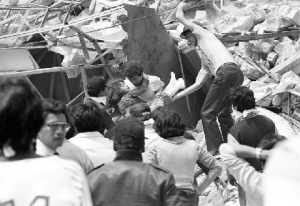
1985: The Mexico City Earthquake
September 19, 1985, is remembered as a day of devastating loss when a massive earthquake hit the Mexico City area, killing at least 9,500 people. The destruction was widespread, and the human toll immense, as entire communities were leveled. The tragedy led to widespread reforms in Mexico’s building codes and emergency response systems, forever changing how the country prepares for natural disasters.
1988: Greg Louganis’ Triumph at the Seoul Olympics
During the 1988 Seoul Summer Games, Olympic diver Greg Louganis made headlines after a shocking accident during the 3-meter springboard competition. Louganis struck his head on the diving board, suffering a concussion. In an astonishing display of resilience, he returned to compete the following day, winning a gold medal and securing his place in Olympic history.
1995: The Publication of the Unabomber Manifesto
On September 19, 1995, The New York Times and The Washington Post published the manifesto of Unabomber Ted Kaczynski. This critical decision was instrumental in Kaczynski’s eventual capture. The manifesto laid bare his motives and ideological beliefs, offering a disturbing glimpse into the mind of one of the most notorious domestic terrorists in American history.
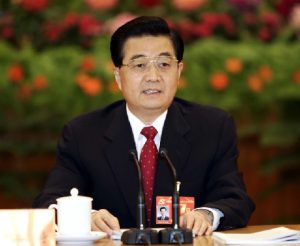
2004: Hu Jintao Becomes China’s Supreme Leader
In 2004, China underwent a significant leadership transition as Hu Jintao assumed full control of the country, following the departure of former President Jiang Zemin from his military post. Hu’s rise to power marked the consolidation of a new era in Chinese politics, shaping the nation’s domestic and foreign policies for years to come.
2008: The U.S. Financial Crisis and the Government’s Bailout Plan
Amid the looming financial disaster in 2008, the Bush administration announced a bold $500 billion bailout plan aimed at stabilizing crumbling financial institutions. The plan, which sought to take over failing mortgages and bad debt, was a watershed moment in U.S. economic history. Investors around the world breathed a sigh of relief as global markets surged, though the move raised intense debates about the long-term consequences of government intervention in the private sector.
2011: Mariano Rivera Becomes Baseball’s All-Time Save Leader
On this date in 2011, Mariano Rivera, the legendary New York Yankees closer, achieved a historic milestone by recording his 602nd save. This remarkable accomplishment solidified Rivera’s status as the greatest closer in baseball history, a title earned through his consistency, mental toughness, and unrivaled skill over his illustrious career.
